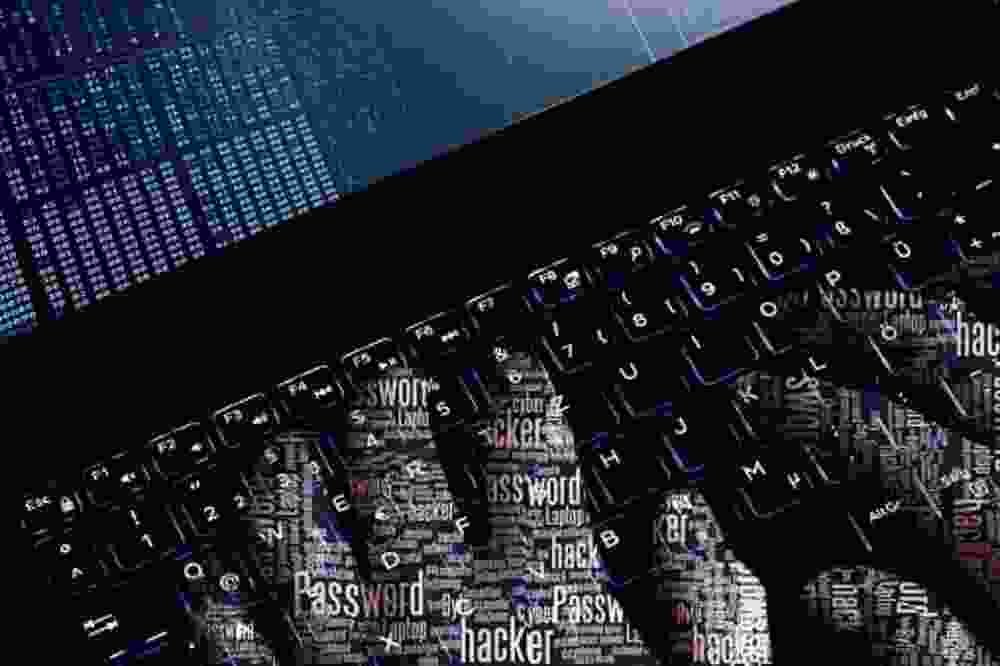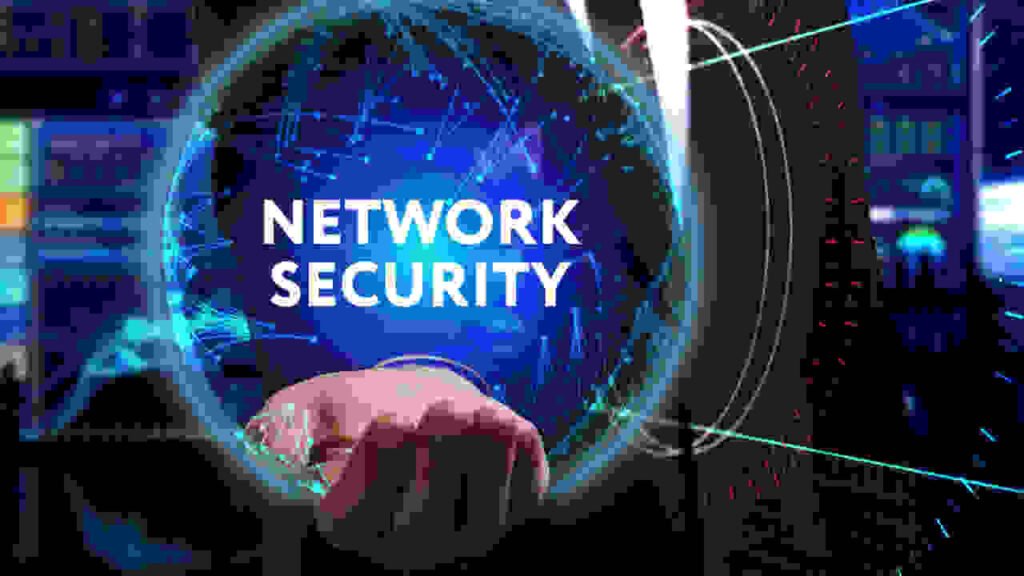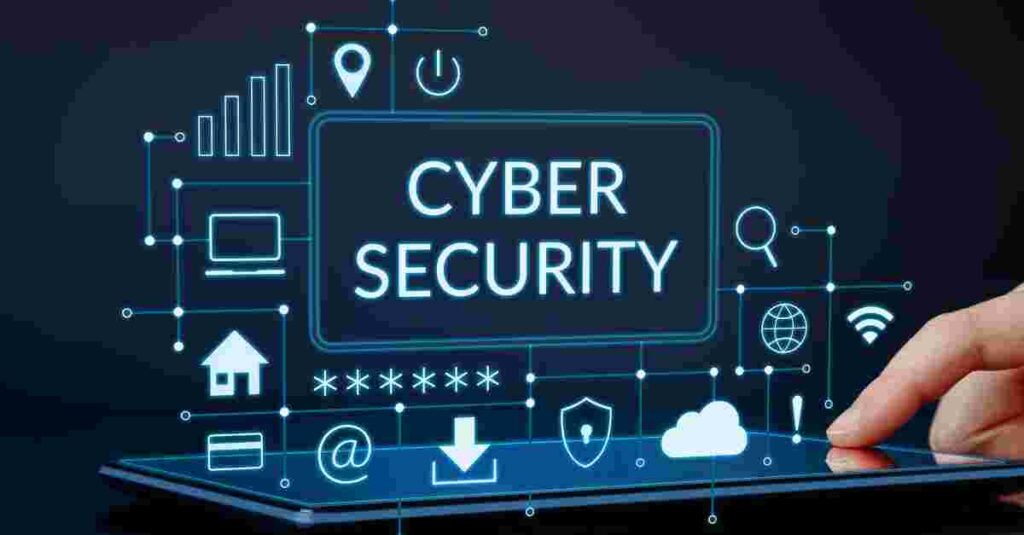Cybersecurity Threats and Prevention, in today’s digitally connected world, cybersecurity is more crucial than ever. From personal data to national security, the implications of cyber-attacks are far-reaching. This article will explore common cybersecurity threats and provide strategies to prevent them.
Understanding Cybersecurity Threats
What Are Cybersecurity Threats?
Cybersecurity threats are malicious activities aimed at compromising the security, integrity, and confidentiality of information systems.
Types of Cybersecurity Threats
Malware: Malware, or malicious software. It is design to disrupt, damage, or gain unauthorized access to computer systems.
Viruses: Viruses attach themselves to clean files and spread throughout a computer system, corrupting data and disrupting operations.
Worms: Worms are self-replicating programs that spread without human intervention, exploiting vulnerabilities in network security.
Trojans: Trojans masquerade as legitimate software, tricking users into installing them. Once installed, they can create backdoors for unauthorized access.
Phishing Attacks: Phishing attacks deceive individuals into providing sensitive information, such as login credentials and credit card numbers.
Email Phishing: Cybercriminals send fraudulent emails that appear to be from reputable sources, prompting recipients to click on malicious links or attachments.
Spear Phishing: Spear phishing targets specific individuals or organizations, using personalized information to make the attack more convincing.
Ransomware: Ransomware encrypts a victim’s data, demanding a ransom payment for the decryption key.
Man-in-the-Middle Attacks: In these attacks, cybercriminals intercept and manipulate communications between two parties, potentially stealing sensitive information or injecting malicious code.
Impacts of Cybersecurity Threats

Financial Losses: Cybersecurity threats and prevention
Cyber-attacks can result in significant financial losses due to theft, fraud, and the costs associated with responding to and recovering from an attack. Businesses often face hefty expenses to repair damages, restore systems, and implement stronger security measures. These financial strains can be crippling, especially for small and medium-sized enterprises.
Data Breaches and Privacy Violations
Data breaches expose sensitive personal and financial information, leading to identity theft and privacy violations. In Cybersecurity threats and prevention, When hackers gain access to personal data, they can sell it on the dark web or use it to commit fraud. For individuals, this can result in unauthorized transactions, credit score damage, and a lengthy process to reclaim their identity.
Reputation Damage: Cybersecurity threats and prevention
A successful cyber-attack can damage an organization’s reputation, leading to . The negative publicity can deter potential clients and partners from engaging with the business.
Operational Disruptions
Cybersecurity threats and prevention which can disrupt business operations, leading to downtime and loss of productivity. For instance, a ransomware attack can lock employees out of critical systems, halting daily operations until the ransom is paid or the system is restored. Such disruptions not only affect the bottom line but also impact customer service and business continuity.
Follow Us: Trady Zone
Preventive Measures Against Cybersecurity Threats
Implementing Strong Password Policies
Encourage the use of complex passwords and regular password changes to prevent unauthorized access. Passwords should include a mix of letters, numbers, and special characters. Additionally, in Cybersecurity threats and prevention, educating employees on the dangers of reusing passwords across multiple sites can further enhance security.
Regular Software Updates and Patching
Keep software up to date to protect against known vulnerabilities and exploits. Software developers regularly release patches to fix security flaws. Automating updates can ensure that patches are applied promptly without relying on manual intervention.
Using Antivirus and Anti-Malware Software: Cybersecurity threats and prevention
Install and regularly update antivirus and anti-malware software to detect and remove malicious programs. In Cybersecurity threats and prevention, these tools can identify and block threats before they cause harm. Regular scans can help uncover hidden malware that might have bypassed initial defenses.
Employee Training and Awareness Programs
Regular training sessions can cover topics like identifying phishing emails, the importance of reporting suspicious activity, and safe internet browsing habits.
Multi-Factor Authentication (MFA)
This makes it significantly harder for attackers to gain access even if they have stolen the password.
Regular Backups: Cybersecurity threats and prevention
Regularly back up data to ensure it can be restored in the event of a ransomware attack or other data loss incident. In Cybersecurity threats, backups should be stored securely, preferably offsite or in the cloud, and tested periodically to ensure they can be successfully restored when needed.
Network Security Measures: Cybersecurity threats and prevention

Firewalls
Firewalls act as a barrier between trusted and untrusted networks, blocking malicious traffic while allowing legitimate communications.
Intrusion Detection Systems (IDS)
IDS detect and respond to potential security breaches in real-time in Cybersecurity threats and prevention. These systems can alert administrators to suspicious activity, enabling a swift response to mitigate threats.
Advanced Cybersecurity Practices: Cybersecurity threats and prevention
Cybersecurity Audits and Assessments
Regularly assess your Cybersecurity threats and prevention posture to identify and address potential weaknesses. Audits can uncover vulnerabilities, compliance gaps, and areas for improvement. External audits by third-party experts can provide an unbiased assessment of your security measures.
Incident Response Plans
Develop and maintain an incident response plan to ensure a quick and effective response to cyber-attacks. A well-defined plan outlines the steps to take in the event of a breach, including containment, eradication, recovery, and communication strategies. Regularly testing and updating the plan ensures preparedness for real incidents.
Penetration Testing
Ethical hackers simulate attacks on your systems to uncover weaknesses. Addressing these vulnerabilities proactively can prevent real-world breaches.
Security Information and Event Management (SIEM)
SIEM systems collect and analyze security data from across your network, helping to detect and respond to threats in real-time. By correlating data from various sources, SIEM can provide comprehensive visibility into your security posture, enabling timely detection and mitigation of threats.
Conclusion
Cybersecurity threats and prevention are constantly evolving, and staying ahead of them requires vigilance and proactive measures. By understanding the common threats and implementing robust preventive strategies, individuals and organizations can protect themselves from the potentially devastating impacts of cyber-attacks. As technology continues to advance, so too must our efforts to safeguard our digital world.
FAQs
What is the most usual type of threat in cybersecurity?
Phishing attacks are among the most common and effective cybersecurity threats, targeting individuals and organizations to steal sensitive information in Cybersecurity threats and prevention.
How can I get know that if my computer has been defected with any virus or malware?
Signs of a malware infection include slow performance, unexpected crashes, frequent pop-ups, and unauthorized changes to system settings.
What step should I take if I get know that I fall victim to any phishing attack or activity?
If you fall victim to a phishing attack, immediately change your passwords, contact your financial institutions, and monitor your accounts for suspicious activity in Cybersecurity threats and prevention.
Should I use public Wi-Fi? Is it safe to use for sensitive transactions?
Using public Wi-Fi for sensitive transactions is risky in Cybersecurity threats and prevention. You can also use VPN to build a strong connection between your device and server.
Read More: B2B Social Marketing Strategy


